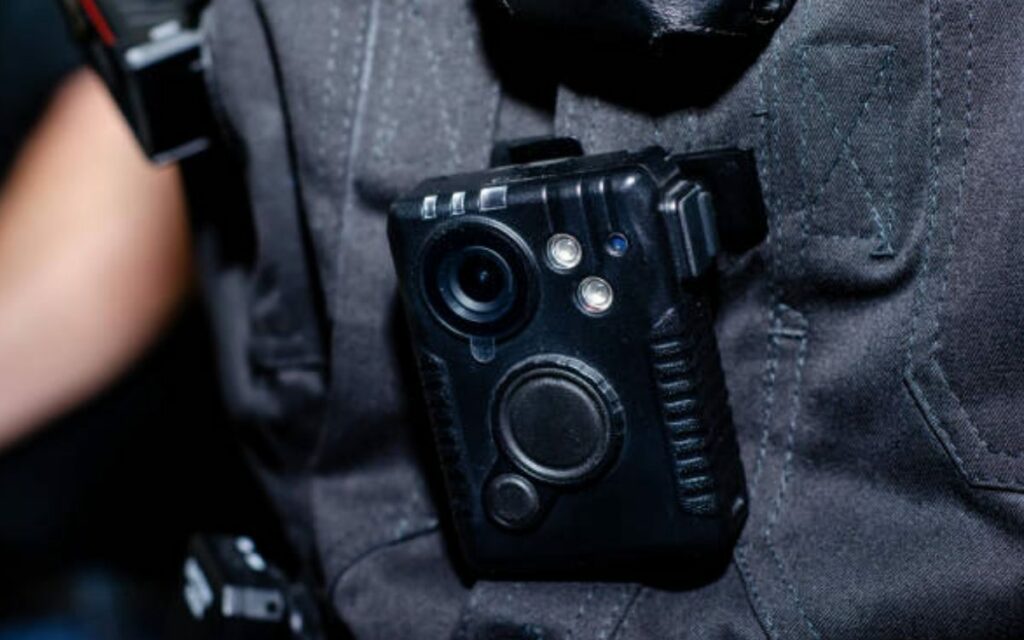
A recent report from HPS Chief Frank Bergen recommended that HPS buy 650 cameras at a total program cost of about $15.5 million over five years. Photo Credit: iStock.
Hamilton Police Service (HPS) will be purchasing body-worn cameras for officers after the Hamilton Police Service Board approved their implementation.
HPS has been examining the possibility of body-worn cameras since 2014.
Officers will start wearing the cameras in 2025.
A recent report from HPS Chief Frank Bergen recommended that HPS buy 650 cameras at a total program cost of about $15.5 million over five years.
However, in April, HPS Board members expressed concerns about the costs associated with implementing the cameras.
As a result, HPS revised their original plan and decided to decrease the number of cameras from 650 to 500.
With that reduction, the program costs over the next five years would be under $9.6 million instead of $15.5 million.
Included in those costs, HPS would still need to hire an additional five full-time Digital Evidence Management Clerks, an additional full-time Desktop and Mobile Support Technician, and an additional Sergeant to serve as Program Coordinator.
The contract would also include two sets of camera replacements at the 30- and 60-month phase of the contract.
Cameras would be purchased through the American technology company Axon.
Broken down by year, the program, including licensing, staffing, and one-time office furniture and equipment costs, will be $1.97 million for 2025 and $1.93 million each year from 2026 to 2029.
HPS separated costs further, noting that Axon licensing is a five-year contract with an estimated annual cost of $1.2 million from 2025 to 2029.
Staffing is estimated to cost $730,000 annually, while one-time equipment costs are estimated at $40,000.
Implementation of the body-worn camera program and the start of the five-year contract will only take place after the formal 2025 budget approval process.
Final costs and the official implementation date will be reflected within those budget documents.
HPS says that courts “encourage the use of body-worn cameras because they can offer an unbiased view of interactions between police and the public and capture critical evidence.”
HPS adds that there are 17 police services in Ontario that are currently using body-worn cameras, with an additional 18 considering implementation.
It should be noted that HPS already has automated licence plate readers and in-car cameras on their vehicles thanks to a $1.6 million grant from the Government of Ontario.
The technology was fully implemented in the spring, with 78 vehicles equipped with the systems.
Bergen has said that in-car cameras and licence plate readers are already having “a positive impact on transparency and evidence gathering” which is part of what convinced the HPS Board to move forward with body-worn cameras as well.

Based in Hamilton, he reaches hundreds of thousands of people monthly on Facebook, Instagram, TikTok, and Twitter. He has been published in The Hamilton Spectator, Stoney Creek News, and Bay Observer. He has also been a segment host with Cable 14 Hamilton. In 2017, he received the Chancellor Full Tuition Scholarship from the University of Ottawa (BA, 2022). He has also received the Governor General’s Academic Medal. He formerly worked in a non-partisan role on Parliament Hill in Ottawa.






